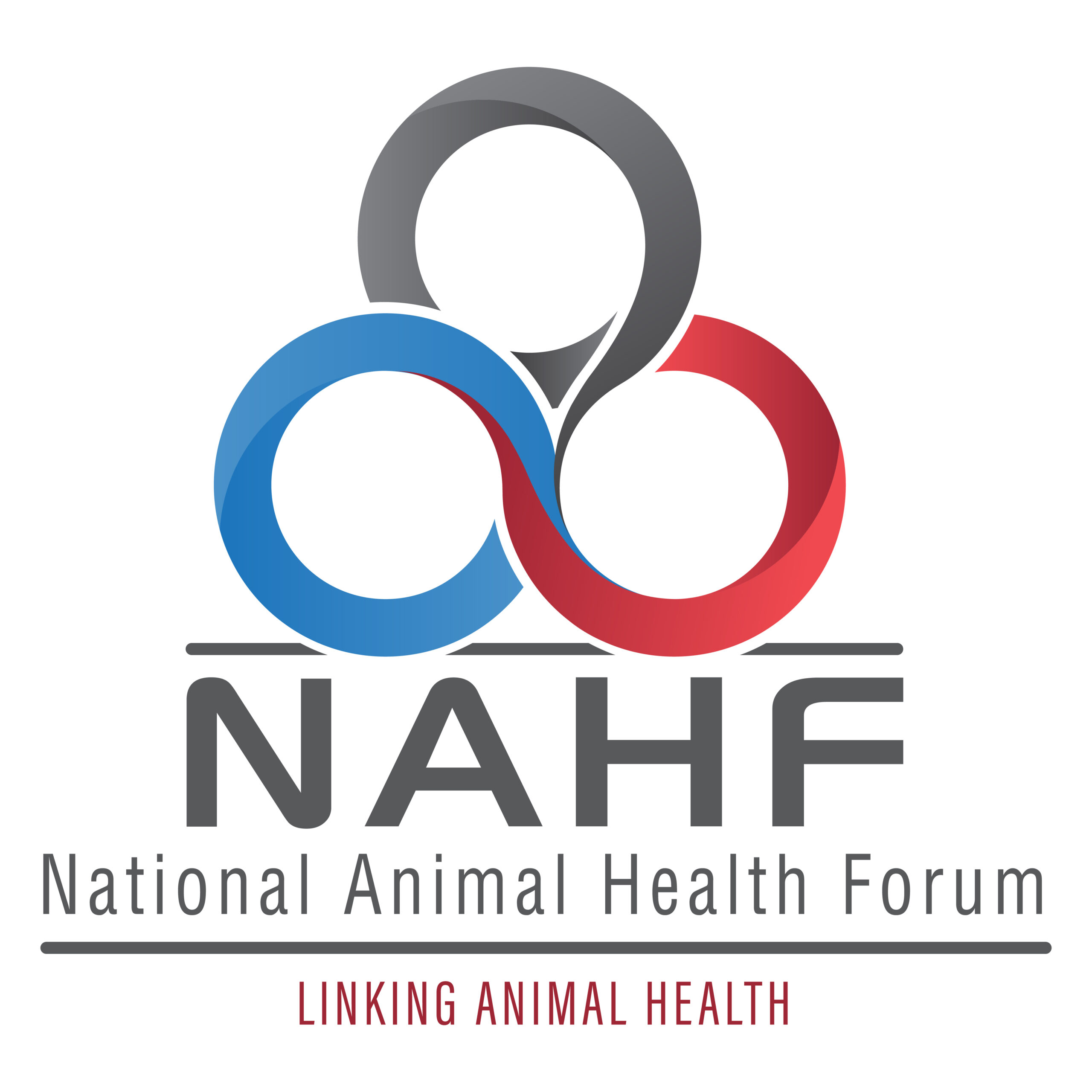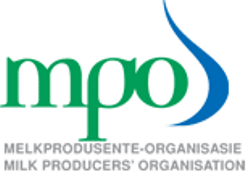
When we introduced the Beef carcass contract on 14 December 2015, we resolved to use “selling prices” received from contributing abattoirs to settle the Beef carcass contract at expiration. These selling prices, by definition, are the prices at which abattoirs sell their meat to the wholesalers and meat processors, and exclude the fifth quarter.
The intention from our side was to bring wholesale and retail stores on board and introduce to them price risk management instruments to manage their beef procurement across their chain stores. As we assess our strategy a year and a half later, we realize that very few, if any, retail stores are making use of our hedging instruments to manage their price risk as we had anticipated.
Further consultations with the industry have highlighted a number of issues that may explain why the uptake of the Beef carcass contract is still low amongst meat wholesalers and retailers alike:
a. Firstly, meat processors no longer buy whole carcasses of beef but instead prefer to order quarters or beef cuts.
b. Because customers, as per a. above, do not order whole sides anymore, abattoirs are more and more marketing quarters and cuts. Their software systems are configured in such a way as to optimize the profitability of the enterprise by pricing cuts rather than the whole.
c. Finally, many a time the meat processors would pass on any price fluctuation to the consumer and so they have no incentive to use financial instruments to manage price risk.
To address the drawbacks highlighted above, the JSE is proposing to settle the Beef carcass contract using “purchasing prices” instead of “selling prices”. This essentially means that we are moving our focus away from wholesalers towards feedlots and abattoirs. The purchase price in this case will be the price at which the feedlot sells and the abattoir purchases and, because of the fifth quarter, this price is typically higher than the selling prices.
We are confident that this proposed change, together with the possible introduction of the Feeder Calf contract, will create new hedging opportunities for the market participants, including a “feedlot complex” where yellow maize and feeder calves are the inputs and the beef carcass the output.
We are also looking at possible initial margin net-offs between structured deals in underlying instruments, provided that these instruments are bought and sold by the same legal entity. This arrangement we trust will reduce initial margins and hopefully encourage more trading activity.
We look forward to your support for the proposed changes but if there are any queries or objections around this please feel free to contact the commodities team +27 11 520 7039 or email commodities@jse.co.za. Since there is limited open interest and the JSE has already consulted with existing Dec17 position holders, the proposed change will take effect from the Sep17 expiries onwards. The relevant contract specifications will be updated.
Should you have any queries regarding this notice, please contact commodities@jse.co.za
This Market Notice will be available on the website at https://www.jse.co.za/redirects/market-notices-and-circulars
Published on Monday, 24th July 2017 - 22:01
Recent Posts
disclaimer









